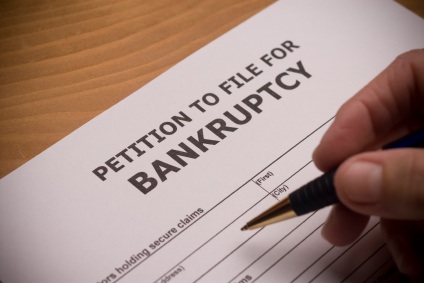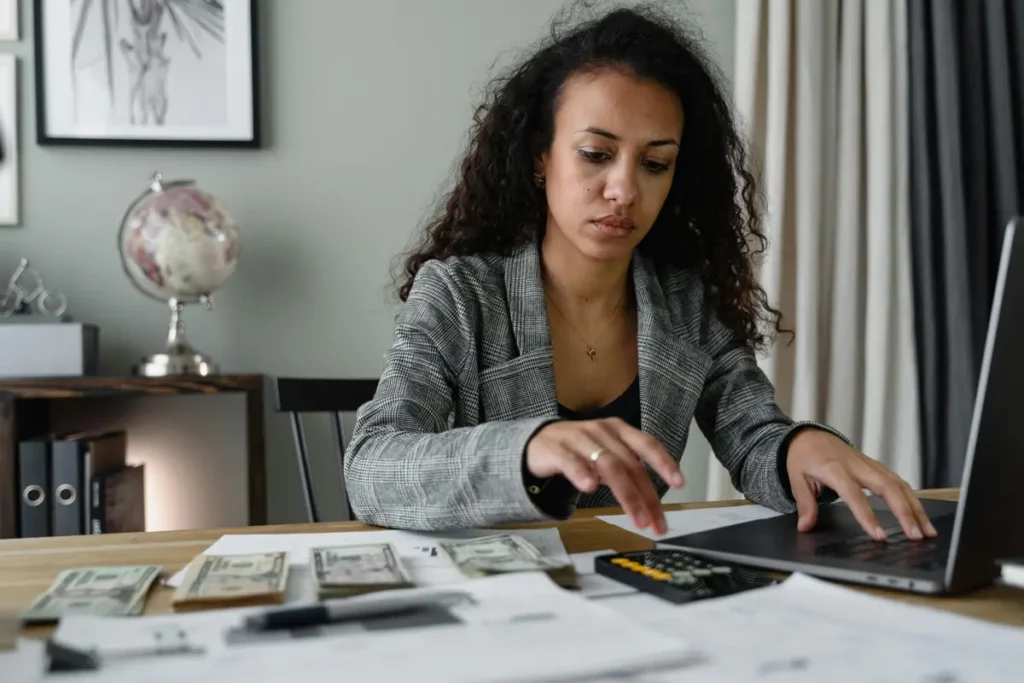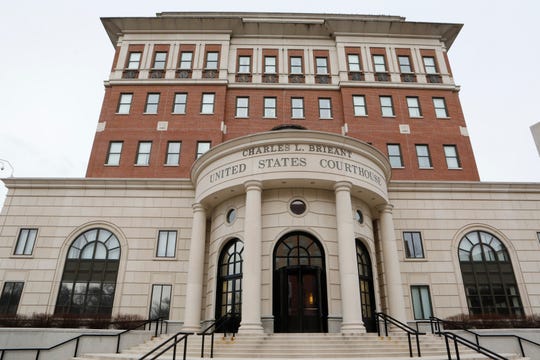Chapter 13

The Chapter 13 of the Bankruptcy Code provides for an adjustment of debt to be repaid by an individual with regular income. A chapter 13 allows the debtor to keep property and repay debts over a three (3) to five (5) year period.
A chapter 13 is also called a wage earners plan. It enables individual with regular income to develop a plan to repay all or a portion of their debts ranging from 1% to 100% depending on the debtor’s particular circumstances. Under this chapter, the debtor makes a repayment plan to make installment payments to creditors over time. If the debtor’s current monthly income is greater than the applicable state median, the plan generally must be for five years. In no case may a plan provide for payments over a period longer than five years. 11 U.S.C Sec. 1322(d). While the debtor is in Chapter 13, the law forbids creditors from starting or continuing collection activities. 11 U.S.C Sec. 362.
There are several advantages to Chapter 13. Chapter 13 offers individuals the opportunity to save their home from foreclosure, cure delinquent mortgage debt, cure delinquent car payments, reschedule secure debts, and significantly reduce payments of unsecured debts such as credit cards, medical debt, deficiencies on car loans and department card stores. Chapter 13 also has a special provision that protects third parties who are liable with the debtor on consumer debt. This provision may protect co-signers and loved ones who helped assist debtors establish credit worthiness to purchase secured items. Furthermore, Chapter 13 is similar to a consolidation program except it is under the protection of the federal bankruptcy court. The debtor will decide with his attorney how much he/she can afford to repay, regular monthly payments are sent to the Trustee. The trustee distributes the debtor’s payments to all of the properly filed. claimants/creditors. At the end of the time period, the Debtor receives his/her discharge. Unlike Debt consolidation plans the debtor is protected by the court against law suits from creditors which may attempt to freeze the debtor’s bank account or garnish their wages, the debtor does not have to worry if payments are being received by the creditors and or if the appropriate amount is being sent to the creditors.
Who is eligible for a Chapter 13 Plan? Any individual, even if self-employed, is eligible for a chapter 13 as long as the individuals unsecured debts are less than $336,900 and secured debts are less than $1,010,650. U.S.C sec 109(e). An individual may not have filed under Chapter 13 or any other chapter if during the proceeding 180 days prior to the bankruptcy petition, the case was dismissed due to the debtor’s willful failure to appear before the court or comply with the orders of the Court, or was voluntarily dismissed after creditors sought relief from the bankruptcy court to recover property upon which they hold liens. 11 U.S.C sec 109(g) and (e).

The process of a Chapter 13 begins with the filing of a petition with the bankruptcy court. The debtor must supply completed schedules of assets and liabilities, schedule of current income and expenditures, listing of all creditors, statement of financial affairs, comply with the means test and provide a certificate of credit counseling. The debtor must supply proof of pay (6 months), bank statements, car information, mortgage information, title and deeds, tax transcript and any other affidavit to certify income and expenses. Within 30 days after filing the bankruptcy case, even if the plan has not yet been confirmed by the court, the debtor must start making proposed plan payments to the trustee. 11 U.S.C 1326(a). The debtor must also continue to make “post-petition” payments on all secured assets that the debtor wishes to maintain i.e. car payments and mortgages, and ordinary and necessary expenses for living i.e. rent, utilities, etc. Within 45 days after the meeting of the creditors, the bankruptcy court must hold a confirmation hearing and decide if he plan is feasible and meets the standards for confirmation set forth in the Bankruptcy Code 11 U.S.C 1324 and 1325. If the court confirms the plan, the Chapter 13 trustee will distribute funds received under the plan “as soon as practical” 11 U.S.C 1326. After confirmation of a plan, circumstances may arise that prevents the debtor from finishing the plan. In such circumstances, the debtor may ask the court to grant a hardship discharge under 11 U.S.C 1328 or the debtor may be eligible to convert to another chapter such as chapter 7.



